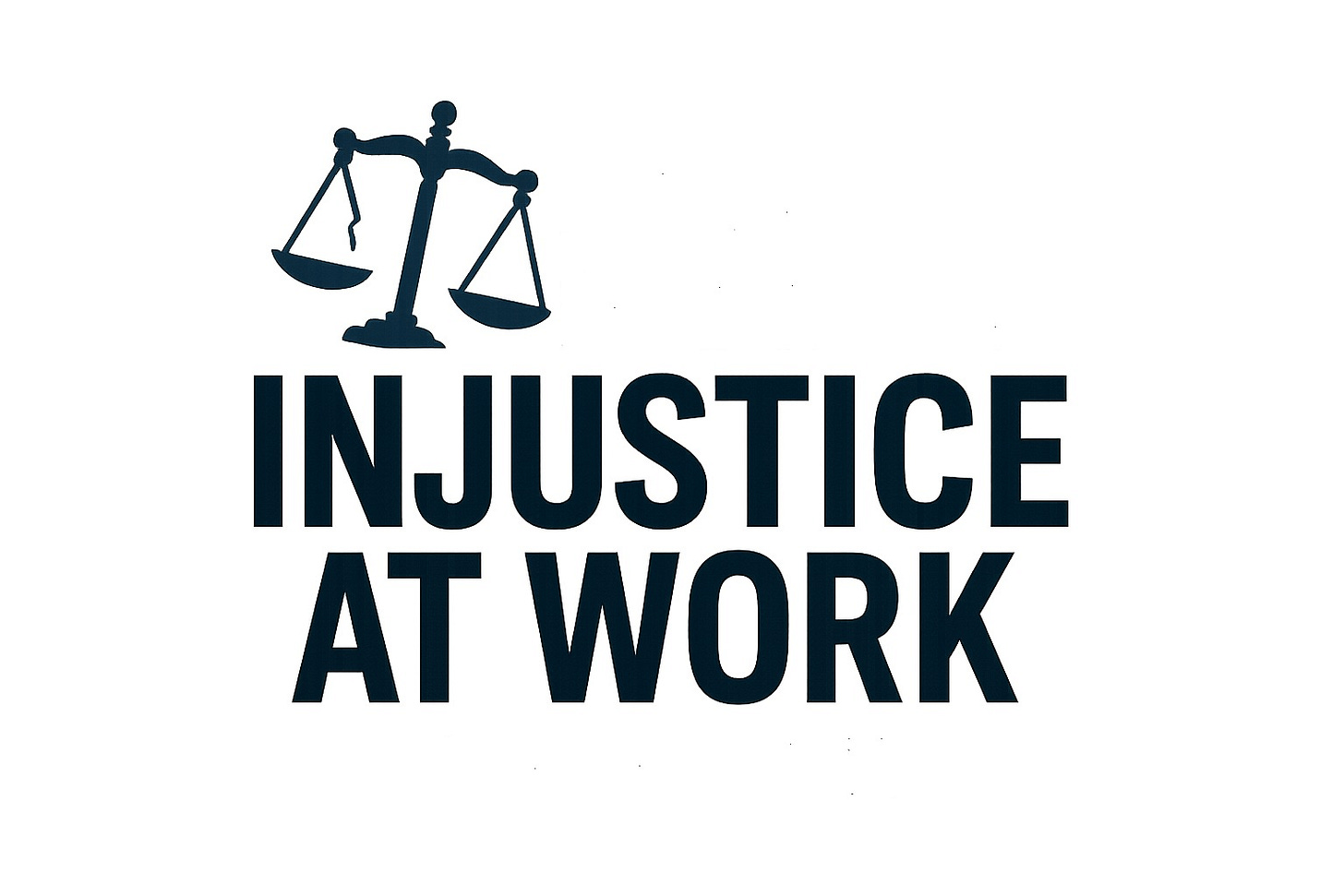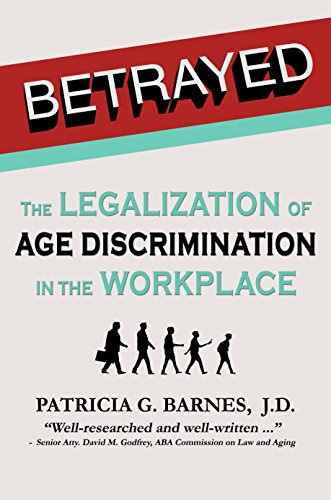Injustice at work, and society in general, is sanctioned by the third branch of government, the U.S. court system.
As the author of CQ’s Desk Reference on American Courts, I have studied the U.S. Court system extensively. It has eschewed introspection and defied progress for decades.
If people knew how badly served they are by federal courts, they would be outraged. But they don’t know.
U.S. courts are secretive, difficult to penetrate, and, therefore, ignored by the media.
The vast majority of Americans have no access to U.S. courts because they can’t afford an attorney. Individuals rights are an illusion. Federal courts have adopted complex systemwide and local rules that make litigating akin to hacking through a rain forest with a dull kitchen knife, while dodging hungry tigers. Most lawyers avoid federal court and judges don’t want to deal with non-lawyers, who bring uncertainty and messiness into their sanitized world.
Federal courts serve the interests of corporations and special interests. Americans are unwelcome, locked out, and forgotten.
Most outrageous is the complete lack of accountability of the federal court system.
The judiciary has devised a scheme that perfectly insulates the judiciary from complaints of misconduct and abuse. Unlike the executive and legislative branches, there is no input from an independent, outside source. Complaints are handled in secret by the chief judge in the respective circuit where the misconduct occurred. Often the chief judge is a friend of the errant judge(s), or fears that misconduct will reflect badly on the chief judge. Virtually all complaints are dismissed.
Even the most corrupt federal judges are permitted to retire with fat pensions and their ill-gotten gains.
America’s insular, lazy, compromised judiciary allows corporations to run roughshod over workers. I have repeatedly written about this in articles and books on workplace abuse and discrimination.
I litigated an age discrimination case stemming when the Social Security Administration advertised five jobs solely at two institutions with populations under the age of 40 during the Great Recession. Nevada Chief U.S. District Judge Miranda Du dismissed the case on a pretrial motion. A three-judge panel of the U.S. Court of Appeals for the Ninth Circuit restored the case, ruling the discrimination that I complained of was “common sense.” Judge Du then literally fabricated a “critical” fact and relied on it to dismiss the case a second time. Needless to say, my complaints of judicial misconduct were dismissed out of hand.
My major area of legal expertise is workplace abuse, including age and sex discrimination. I’ve authored several books on these topics (see below). I’ve been widely quoted by The New York Times, Bloomberg, VOX, CNBC, AARP, Society for Human Resource Management, Businessweek, Fast Company, Bustle, etc.
The Society for Human Resource Management called me a “nationally known expert on employment discrimination and workplace abuse.”
I’ve also written for many national publications, including Forbes, Slate, The ABA Journal, and The National Law Journal.
If you can, I hope you will support my work by becoming a paid subscriber.
My books include:
Surviving Bullies, Queen Bees & Psychopaths in the Workplace;
Betrayed: The Legalization of Age Discrimination in the Workplace;
I also wrote two books for CQ Press - CQ's Desk Reference on American Criminal Justice and CQ's Desk Reference on American Courts.
Note: If you are interested in the nitty-gritty about this Substack, InjusticeAtWork is the outgrowth of two blogs, When the Abuser Goes to Work and Age Discrimination in Employment.
I became interested in workplace abuse after editing a three-volume series of books on domestic violence law in the 1990s. I noticed some managers use power and control techniques employed by DV abusers. I discovered the U.S. is far behind other industrialized countries in protecting workers from harassment and emotional abuse, which now are recognized forms of workplace violence.
I began the blog, When the Abuser Goes to Work, as a public service in 2011.
I began my second blog, Age Discrimination in Employment, a few years later out of sheer exasperation about the persistent second-class legal status of older workers in America.
The U.S. Congress effectively legalized age discrimination when it passed the Age Discrimination in Employment Act of 1967. Since then, the U.S. Supreme Court has made the problem much worse. Federal judges with lifetime tenure routinely dismiss age discrimination cases that would almost certainly result in employer liability under Title VII of the Civil Rights Act, which prohibits discrimination based on race, sex, gender, religion and national origin.
By 2022, I was writing two blogs, dealing with technical break-downs, security threats, social media suppression, constant expenditures, and battling to keep Google ear wax ads off my sites. I created InjusticeAtWork.com and discontinued the blogs.








